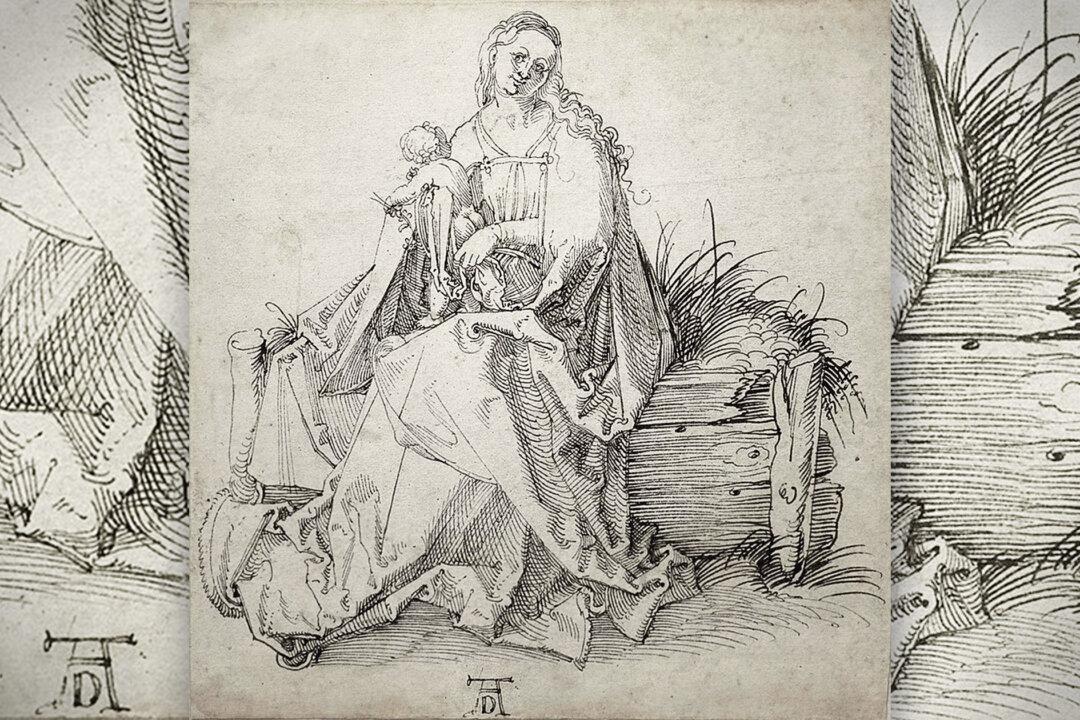A drawing by one of the most famous German artists in history turned up in Massachusetts and is set to be officially cataloged for the first time. It could also be worth a cool $10 million, according to one expert.
Only a handful of finished drawings depicting the Virgin and Child were ever completed by one of the most important artists of the Northern Renaissance, Albrecht Dürer (1471 to 1528). One such drawing, hitherto unpublished, has now come to light from a private Massachusetts collection: “The Virgin and Child with a Flower on a Grassy Bench” (circa 1503).






